The Huawei Mate line of smartphones has been a highlight in their portfolio, showcasing both their design and technical prowess with large displays, big batteries, and relatively compact dimensions. The Huawei Mate 9 further refines the formula, offering a new level of hardware and software quality from the brand.
Let’s get the numbers out of the way first, since they can tell you only so much about a device.
Huawei Mate 9 Specifications:
- Android 7.0 Nougat (EMUI 5.0 B172 ROM as tested, Feb 2017 security patch)
- Kirin 960 Octa-core CPU (4x 2.4GHz A73, 4x 1.8Ghz A53)
- Mali G71 Octa-core GPU
- Dual OIS f/2.2 cameras – 20-megapixel mono + 12-megapixel colour
- 5.9-inch 1080p IPS display
- 4GB RAM
- 64GB internal storage + microSD slot
- 4000mAh Battery
- Fingerprint scanner
- Dual-SIM (3G/4G + 3G)
- NFC
- WiFi a/b/g/n/ac
- Bluetooth 4.2
- USB Type-C (USB 2.0 speeds)
- Dimensions: 156.9 x 78.9 x 7.9 mm (6.18 x 3.11 x 0.31 in)
- Weight: 190g
The spec sheet has everything you could ask for, bar one thing: waterproofing. It’s a little disappointing that Huawei hasn’t added it to the Mate 9 considering it’s biggest competition (namely Apple and Samsung) now have it in their flagships, but with the price differential (which I’ll get to later), it’s understandable.
I consume a lot of visual media on my smartphone, and I’ve come to accept a large smartphone is a good fit for me. As much as I love the compact dimensions of, say, the iPhone SE, my brief nostalgic dalliances with small smartphones have always been short-lived.
Devices like the Huawei Mate 9 ease the desire for something smaller with a massive screen, tight bezels, and long battery life — more than making up for some ergonomic sacrifices.
In the hand, the Huawei Mate 9 is a beautifully constructed device, with a matte aluminum back, polished sides and a glass front that pushes right to the edges.
The antenna lines at each corner are imperceivable under your finger, though the colour matching on the SIM tray isn’t as good.
The rear-mount fingerprint scanner is fast and accurate, though I have to admit I prefer them on the front so I can unlock while the phone is lying on a table. On the plus side, it has picked up swipe gestures, so you can drop and raise the notification shade with your index finger.
The Mate 9 is the latest in Huawei’s line-up of big-screen devices, though the display is slightly smaller than the one it replaces. This isn’t the first time, with the original Mate and Mate 2 sporting 6.1-inch 720p displays, compared to the 6.0-inch 1080p displays on the Mate 7 and Mate 8.

The Huawei Mate 9 brings things back ever so slightly to 5.9 inches. Despite its size, it’s physically barely any larger than the 5.5-inch iPhone 7 Plus (it’s actually shorter than the iPhone).
The resolution remains at 1080p, which I simply can’t bring myself to fault. Sure, devices from Samsung and Sony are pushing QHD and even UHD (or more commonly, but incorrectly, touted as “4K”), but even at this size 1080p feels more than enough for my 27-year-old eyes.
Huawei quote an impressive 1500:1 contrast ratio, which translates to excellent black levels for an LCD display. The colour temp is definitely on the cold side, looking too blue out of the box. You can adjust the temperature using a rudimentary adjustment tool, which helped bring it closer to my other displays.
It’s still too blue for my liking, but it’s close enough for your average user, and wouldn’t stop me considering one.
Outdoor usage is not a problem, with a super-bright backlight punching out over 600 nits to overcome even a clear, sunny day.
The auto-brightness could use some further calibration, however, as it tends to be a bit all over the place at times.
The 2.5D Gorilla Glass front blends perfectly into the edges of the phone, leaving no lip to catch your finger on as it rolls over the side. The black window around the display seen on previous Mate devices has thankfully been reduced too, with practically no bezel on the sides.
The big display lends itself nicely to watching videos on the road, which if you’re not streaming, requires big storage. The internal 64GB of storage is great and is further bolstered by the microSD slot. Samsung is sitting at the top of the tree with a 256GB microSD, which works perfectly in the Mate 9 for a total of 320GB (a bit shy of 300GB usable). Nice.
The microSD slot does take up the space where the second SIM goes, so you should keep that in mind if you’re juggling a couple of numbers.
You can also connect USB-C thumb drives, which can be handy if you’re moving files from your computer. I have a SanDisk 64GB Dual Drive USB-C Flash Drive, and it works well for exchanging files between my MacBook Pro and the Mate 9.
Up top is the 8-megapixel with an f1.9 lens, which out of the box comes with a “beauty” face-smoothing filter turned on.
It looks alright sometimes (these example shots aren’t too bad), but to be honest I’d turn it off.
The rear camera setup is quite interesting, incorporating a Leica-branded dual-camera setup like we’ve seen on the Huawei P9.
While f2.2 is pretty good on the telephoto lens, the matching f2.2 on the wide-angle lens is pretty slow by modern smartphone standards.
Both cameras on the P9 were 12-megapixel, while the Huawei Mate 9 bumps the monochrome sensor up to 20-megapixels, and adds optical image stabilisation to both. The idea is that the monochrome sensor can capture additional information to blend with the colour image to improve the result. You can capture strictly monochrome images too, though in my experience they were no better (and occasionally worse) that photos taken in colour then desaturated. You can download them here (21MB ZIP file).
- Black and white sensor
- Desaturated colour
- Colour
The Huawei camera app offers a plethora of shooting modes and filters, all of which are surprisingly easy to use. Swipe to the right to expose the shooting modes like panorama, HDR and the monochrome mode, and swipe left to expose the settings panel.
The dual-camera setup is also capable of simulating bokeh, which is the result of shallow depth-of-field on large format cameras (i.e. DSLRs). In practice, it’s not great. Most of the time, images I took with the depth effects turned on looked hilariously fake, with incorrect separation of fore and background objects. In some instances, the iPhone 7 Plus did a better job, and others it was just as bad.
Huawei Mate 9 images:
- Handles high-contrast situations very nicely
- Good detail retained in the backlit buildings
- Bokeh simulator looks pretty fake here. Too aggressive.
- Nice white balance and detail on the white boats
- Bokeh simulator completely falls apart here
- Same here
- The standard image looks great though
- Lots of detail
iPhone 7 Plus images:
The endless options and modes aside, the Huawei Mate 9 takes great photos. They are sharp, nicely colour and white balanced, and don’t suffer from noise or excessive noise reduction. The HDR mode does a great job of mixing multiple exposures to create a balanced image, and even shooting subjects backlit produces good results.
Comparing shots back-to-back with the iPhone 7 Plus, the Huawei Mate 9’s images are slightly cooler, which more accurately captures the white boats and duller tone of the bench. If you’d like to set the original shot, you can download them here (53MB ZIP file).
In my experience, performance on flagship devices really isn’t too much of an issue anymore, and the Mate 9 is no exception. The Kirin 960 CPU is more than up to the task of running Android 7.0 smoothly, and no matter how much multitasking and app switching I put it through, the device didn’t slow down at any point.
Huawei’s EMUI skin has improved significantly over the years, now at version 5.0. You can finally bring back the app drawer with the Huawei launcher, and is has built-in support for badge counts for unread messages, missed calls and other app notifications. You can adjust the grid size too.
The out-of-the-box icons are clean and nice, and the whole interface can be reskinned using the built-in Theme manager.
Huawei’s version of Android no longer feels like it’s in the way, and frankly, that is such a relief. This is a beautiful piece of hardware, and it’s great that it has nice software to go with it. Simple touches, like the small pedometer reading from the Health app on the home screen, show that Huawei has really thought about the software powering the Mate 9.
Huawei has replaced many of the standard Google apps, and there isn’t nearly as much duplication as on some other Android devices. The only really overlapping apps on my unit are the Google Photos/Huawei Gallery and Email/Gmail apps.
Many of these apps provide useful additional features, like the business card scanner in the Contacts app, and they follow the tasteful, clean design as the rest of EMUI 5.0.
It’s great to see the Mate 9 shipping with Android 7.0, though half way through May, Android 7.1 is the new hotness, and my device has only received the February 2017 security patch.
As you’d expect from a premium device, call quality is excellent. The Huawei Mate 9 was able to hold onto even poor signals very well, and download/upload speeds were on par with the iPhone 7 Plus.
The speaker quality isn’t quite a good, lacking the clarity and fidelity of the iPhone 7 Plus. It’s a harsher sound, but as soon as you plug in a set of decent headphones (which don’t require an adaptor….) the point is moot.
I am hard on the battery, however, and the Mate 9 continues to impress, just as its forbearers did. Huawei has been combining a massive battery with a big display for years, and for heavy users like myself, it’s just a delight.
About half of my day is spent on 5Ghz WiFi, and the other half spent connected to 4G with decent reception, mixed in with a little Bluetooth in the car.
With multiple email accounts setup in Gmail, several hours of web browsing, 2-3hrs of music streaming from Apple Music, and streaming video for 90 minutes, the Huawei Mate 9 still has more than 40% on the battery meter, often closer to 50%. The stamina of this phone really changes the way you use it, as I don’t have to be thinking about a charger part way through the day.
I don’t like having to connect my phone in the car or when I’m working, so removing that hassle is a big plus.
When you do put it on to charge, it charges really quickly. Huawei’s “SuperCharge” fast charging tech will get the phone from flat to over 50% in less than an hour, which can easily last a day of moderate use.
The pricing of the Huawei Mate 9 will vary across the world, but in Australia, the Mate 9 can be had for AU$999 at local retailers (proper stock, not a gray import). This makes it quite the bargain compared to the current crop of high-end devices from Samsung (S8 Plus 64GB at AU$1349) and Apple (7 Plus 32GB at AU$1269).
Further improving the value equation is the inclusion of Huawei Screen Promise, which guarantees a free screen replacement if you break it within the first three months of ownership.
With a large screen and battery, very impressive camera, and excellent overall performance, the Huawei Mate 9 is an exceptional value. Combined with the software improvements, the Huawei Mate 9 deserves to be spoken in the same breath as the iPhone and Galaxy and provides a more affordable option for big-screen phone buyers.
The Huawei Mate 9 can be purchased outright or on a contract, depending on your location.
Source: Manufacturer supplied review sample
Price: AU$999 (as of publication)
What I Like: Excellent camera, smooth performance, compact size considering the screen size, expandability, price
What Needs Improvement: Waterproofing

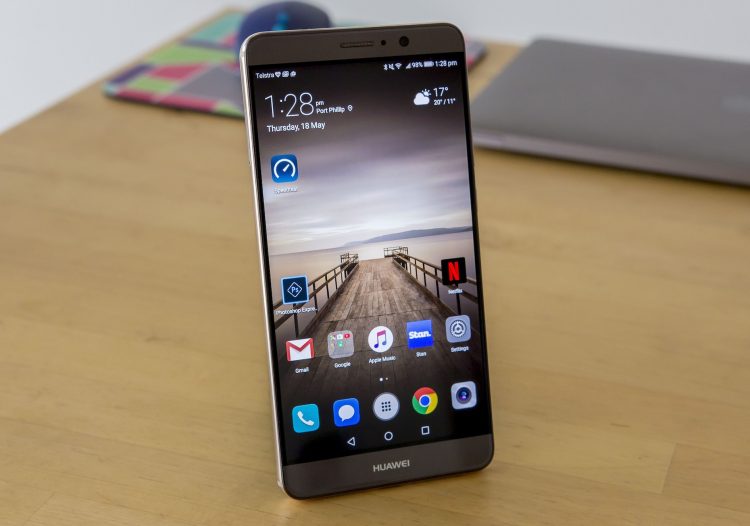
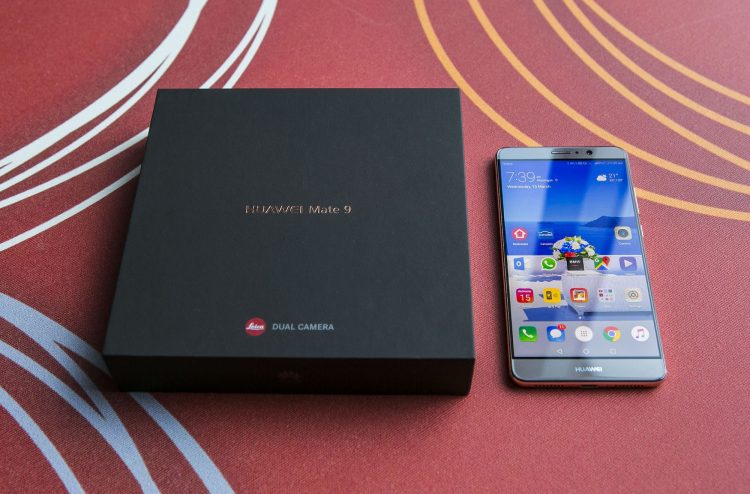
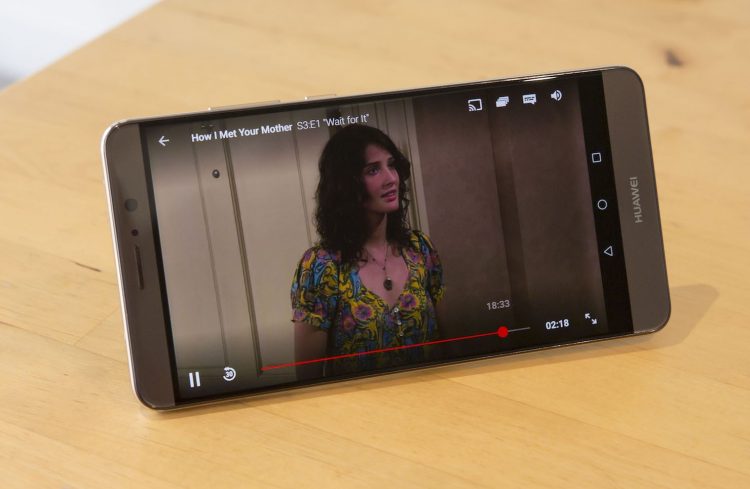








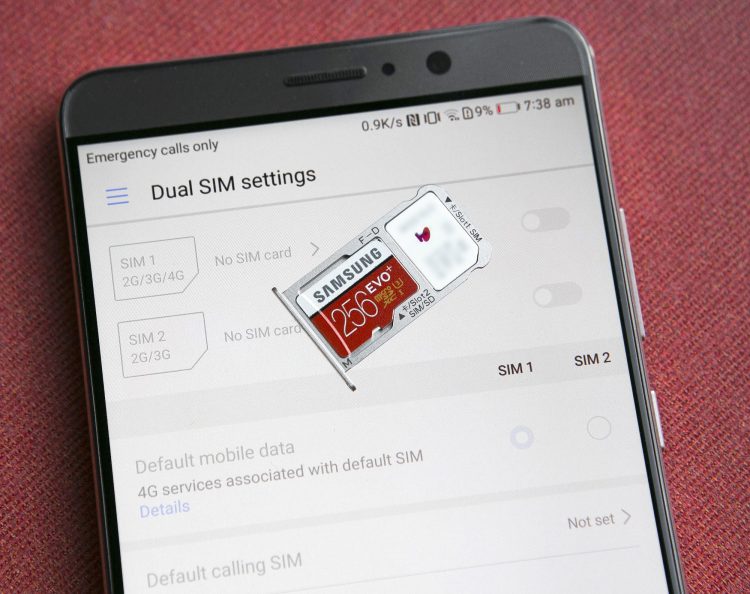















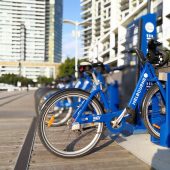
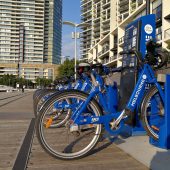




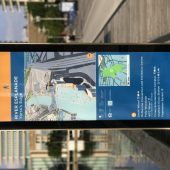

















How in the world did you get 244h in the ultra saving mode?
That’s Huawei’s estimation of how long it would last in ultra power saving mode.
To be honest, I’ve never tried it since I don’t use my phone that way. I wouldn’t be too surprised if it was accurate however, considering it would pretty much shutdown all background processors and syncing. Combine that with barely turning on the display, and you could probably get that.
Then my estimated time is probably just wrong, cause I wasn’t using it. Is yours still on that amount?
Great review! Everything you need to know, with lots of photos. Good stuff.